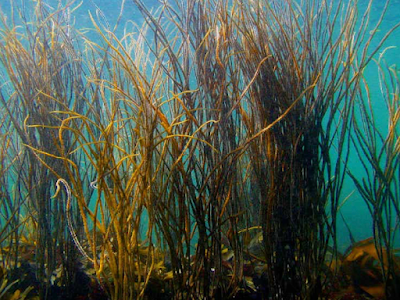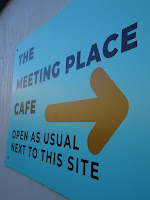Here is the 11th of 24 stained glass window designs on the Palace Pier which AI and I are using as inspiration for some of these BrightonBeach365 daily posts - see Stained Glass Window 1 for background. This one is a vibrant and inviting still life scene. At the centre, there’s a tall green wine bottle labeled ‘WINE’ next to a filled glass of red wine. To the right, there’s a rustic loaf of bread and a large wedge of cheese adorned with a couple of red grapes. On the left, a plate overflows with colourful fruit - bananas, red apples, oranges, and dark grapes. The background features a bright blue sky with white clouds, visible through a window framed by stylised golden foliage, giving the whole scene a cheerful and leisurely atmosphere.
A limerick starter
A bottle of red by the shore,
With brie, crusty bread, and much more -
The waves kissed my feet,
The camembert sweet,
And I burped, ‘This is what life is for.’
Cheese and Clarity (in the manner of M. F. K. Fisher)
It was on Brighton Pier, one sunny morning in July a long time ago, that I tasted what I can only describe as a moment of suspended truth. The sea, more aquamarine than English Channel has any right to be, lapped beneath the boards with that sly, deceptive calm particular to days just before a storm. I had walked the length of the pier, past the thump of arcade machines and the shrillness of seagulls, until I found a place to consumer my picnic lunch, a place of improbable peace: a narrow table-for-one outside a shuttered café, laid not with linen, but possibility.
The meal had been packed by a friend in Hove, a woman with the kind of confidence in food that doesn’t require apology. In the small canvas tote, wrapped in wax paper and string, was a half-round of Sussex Slipcote - creamy, yielding, its curd scent as tender as memory. There was a baton of sourdough, still warm from an oven I imagined tiled and sunlit. And there was fruit: a fist of dark grapes, each like a polished bead; a plum so ripe it might have been holding its breath.
But it was the cheese that made everything still.
I remember how the knife slid through it, a slow sigh of a cut. How it spread against the bread with the texture of late-summer longing. I bit in, and everything dissolved: the salt air, the pier’s old iron bones, the sound of a child crying for more coins. For a moment, it was just me, the Slipcote, and a glass of red pulled from a thermos flask and tasting improbably of the south of France. There may have been a crust of honeycomb too - my memory folds here - and a wedge of quince paste, amber and dignified like a grandmother’s brooch.
Brighton’s beach glinted distantly, pebbles fizzing in the sun like soda water. I could just make out the broken skeleton of the West Pier, its frame ghosted with rust. I wondered, not for the first time, what it means to love a place that is constantly eroding, and whether that same principle applies to people. Or cheese.
I stayed there a while. Long enough for the gulls to give up hope, and the sun to soften everything into shadow. The clarity of hunger had passed, but in its place: something softer, wiser. Not fullness, precisely, but a kind of peace.
If there is a meal worth remembering, it is never because it was perfect, but because something in the bread, or the cheese, or the view from a rickety pier told you a secret you didn’t know you needed to hear.
And the secret was this: You do not have to earn pleasure.
Not with labour, or loneliness, or a perfectly laid table. Not by pretending not to want it. You are allowed to sit on a salt-bitten bench above a bright and battered sea, and let a little wheel of cheese remind you that the good things - rich, ripe, sensuous - require no justification. They exist, like the sea and the sun, and so do you. That was enough.



.jpeg)



.jpeg)

















.jpeg)














.jpeg)

.jpeg)

